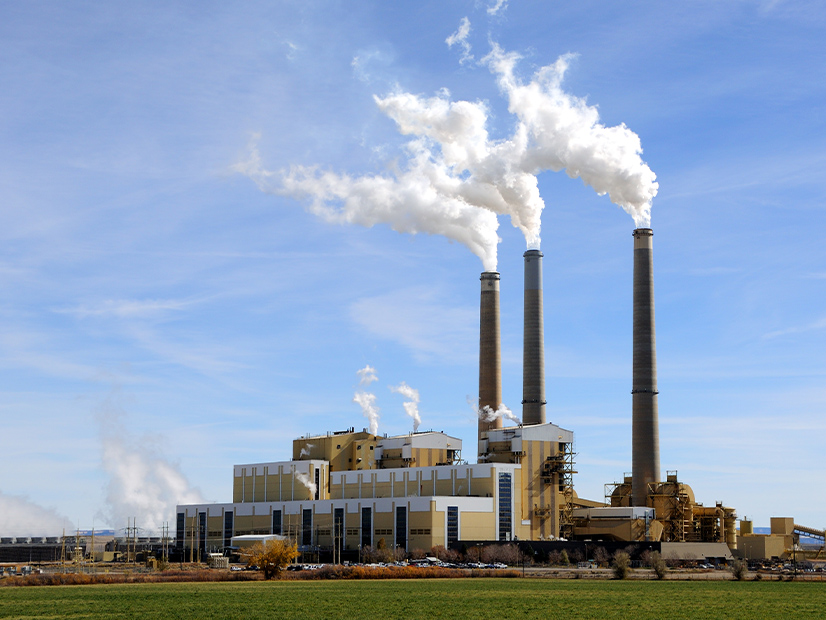
Carbon dioxide emissions by the 100 largest electric power producers in the U.S. increased 7% from 2020 to 2021, Ceres reported Wednesday in its annual benchmarking analysis.
The jump was attributed to the economy returning to a degree of normalcy in 2021 after COVID-related shutdowns triggered a 10% drop in CO2 emissions in 2020. But Ceres also said the increase highlights the need for power providers to take advantage of clean energy incentives recently put in place by the federal government through the Inflation Reduction Act.
The report added historical perspective that shows progress toward zero-carbon generation, even with the year-over-year increase factored in:
- Carbon dioxide emissions were about 34% lower in 2021 than at their peak in 2007.
- Sulfur dioxide emissions were down 94%, and nitrogen oxide emissions were down 88% in 2021 from 1990, when the federal Clean Air Act was strengthened.
- Zero-carbon generation — renewables, hydropower and nuclear — accounted for 40% of U.S. power generation in 2021, an all-time high.
- Power plants emitted 93% less mercury in 2021 than in 2000; federal limitations on mercury and other hazardous air emissions from coal-fired plants took effect in 2015.
The 100 largest U.S. electricity producers own 3,600 power plants that account fmore than 80% of total generation and plant emissions nationwide.
Natural gas remained the leading source of generation in the U.S. in 2021, at 38%, even as coal made a big year-over-year increase to 22%.
That is a reversal from a decade earlier: In 2011, coal accounted for 42% of U.S. power production and gas only 25%.
Nuclear accounted for 19% of power generation in 2021. Renewables accounted for 13%, breaking down to roughly two-thirds wind and one-third solar, with geothermal making a tiny contribution.
Hydropower was last, at 6% of U.S. power generation in 2021.
Ceres is a nonprofit focused on creating an equitable and sustainable future. Its annual benchmarking analysis of power plant emissions is a collaborative effort with Bank of America Charitable Foundation, Constellation Energy Corp. and Entergy, and the National Resources Defense Council.
ERM authored the analysis, which is drawn from generation and emissions data reported by the U.S. Energy Information Administration and Environmental Protection Agency.
“While the power sector has shown marked improvement over our two decades of analysis, we need to see an acceleration of larger emissions cuts across the industry in order to reach our 2030 emissions reduction goals,” Dan Bakal, senior program director of climate and energy at Ceres, said in a news release accompanying the report. “It’s important to recognize how far we have come, but impossible to ignore how far we still have to go to meet our critical 2030 goals set by the Paris Accord. While many of the largest power producers have announced climate commitments and strategies to reduce their carbon emissions, the rapid decarbonization required demands increased ambition.”


